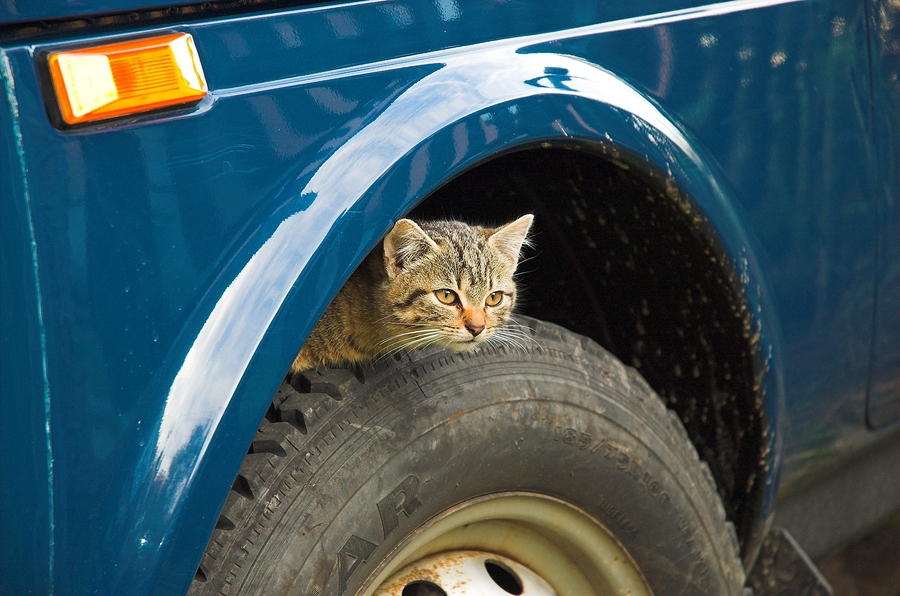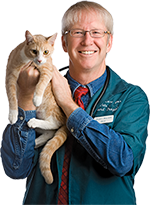I’ve lived my entire 60 years in Idaho, first in the more arid southern part of the state, then in verdant Northern Idaho where we live now on our Almost Heaven Ranch.
North or south, if you live in Idaho, you’re going to have four seasons and the winters can be very cold – and dangerous for pets.
Here are five deadly important things I and other cold-climate veterinarians want you to know:
1. Always give a thump. It’s freezing, and suddenly a house on wheels drives up, offering a place out of the wind and snow and with a large mass of heat to lay on. Ahhh, just like a heating pad — until this “house” starts up, startling the cat and running it through one or more of the various belts, or trapping it for a ride where it can be burned or transported far from home. To prevent cold weather disaster, before you turn the key or hit the starter, just do like Tony Orlando asked and “knock three times” on the hood of the car!
2. This Kool-Aid kills. This is such a deadly problem. If you’ve watched the TV shows “Dateline” or “48 Hours” you’ve seen many a murderous spouse poison their man to death with antifreeze by putting it in their favorite drink. Couldn’t they taste it? No. This green demon tastes very sweet and that’s why killers add it to sweet tea and why both dogs and cats love the taste. To prevent your pet from accessing it, keep them inside, go outside routinely to check for spills (and clean up with gloves) and use pet safe antifreeze.
3. Jack Frost nips at more than noses. I bet every veterinarian has seen a cat nicknamed “Frostbite” because he was outside, unprotected, during freezing temperatures and got the tops of his ears frozen off. To prevent that, make sure you have places where outdoor pets – your own, or those in your neighborhood — can get out of the wind and precipitation to stay dry. The best shelters are off the ground, and just big enough for the pets to stand up and turn around, with bedding. The very best have a heat source.
4. Heat + low humidity = itchy pets. During the winter, we turn our furnaces up, and the humidity levels go down. This causes our pets’ skin to become dry and itchy. Humans suffer, too, so we slather on body lotion, hand lotion, and stuff for chapped lips. Well, pets don’t have opposable thumbs and can’t make a run to the drugstore. To prevent dry, itching skin, supplement their food with a fatty acid supplement recommended by your veterinarian (I use and prescribe the Dechra brand), and use moisturizing shampoos and coat sprays (I use and prescribe the Virbac brand).
5. Unpleasantly plump. People are less active when there is cold, wind, and precipitation, and thus pets get fewer or shorter walks. In addition, evolution has told animals to eat more at the start of the winter to make up for low to no food times, leading pets to pack on the pounds during the winter months. To prevent weight gain, ask your veterinarian how much you can cut back your pet’s food, precisely measure out how much you feed, split the feedings into as many times as is manageable, and use food puzzles, rather than bowls, to feed your pets.


